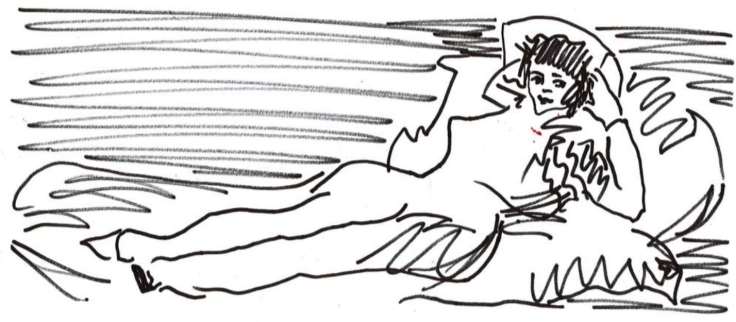This one-day conference held on International Women’s Day 2014 assesses the ways in which women’s physical form has been depicted in artworks from the nineteenth century to the present day.

“Lucky I have nice hands if nothing else,” says Ella at last, very dry. He comes to her, picks up her hands, kisses them, wearily, rake-like: “Beautiful doll, beautiful.”
Doris Lessing, The Golden Notebook
Through history women’s bodies have been the subject of artistic presentation, ostensibly to celebrate the beauty of the female form, but also to fetishize, to dismember and to control women both within the arts and in the wider world. This interdisciplinary conference seeks to appraise the depiction of women’s physical form in artworks, as well as how artistic presentation has informed other disciplines, from the Nineteenth Century to Now, in order to assess how far the arts have changed in line with apparent developments in the treatment of women, over the comparable historical gulf. We are also keen to consider the social impact the arts have had, and continue to have, on the treatment of women.
Keynote speakers at the conference will include the winner of the 1992 Pulitzer Prize for Fiction, Jane Smiley; Professor Jo Phoenix (University of Durham); Dr Kate Macdonald (University of Ghent).
We welcome abstracts of three hundred words for twenty minute papers discussing any textual presentation of women’s bodies. This includes literary depictions, but also those in film, television, digital media, the visual arts and the applied social sciences. Topics may include, but are not limited to the following:
- The romanticised female form
- Femininity vs. Femaleness vs. Womanliness
- The historicized figure
- The broken form
- Fetishized body parts
- Females made inanimate, e.g. as dolls or statues
- Media representations of femaleness
- The social impact of textual bodily representation
- The sexual figure
- The body in motion
- Woman as goddess or muse
- The maternal female
- Females ensnared in the text
- Violence on the body
- Queering the body
- Females made inanimate, e.g. as dolls or statues
- Media representations of femaleness
- The social impact of textual bodily representation
The conference will run at Durham University on 8th March 2014, International Women’s Day. It is organised in association with the University of Durham’s Centre for Sex, Gender and Sexualities.
Please send abstracts to literarydollsconference@gmail.com by 1st June 2013.
For the latest news about the conference, follow the related posts here. Registration is now open at www.dur.ac.uk/r.a.white/literarydolls/.



Hello!
I was wondering if I would have to book a place to attend this, and, if so, how would I go about doing this?
LikeLike
Hi Kate,
Yes! We will be posting registration details very soon so keep checking out the site.
Emma Miller
University of Durham
LikeLike
Reblogged this on plasticdollheads and commented:
Add your This conference looks wonderful. Abstracts can be submitted by 1st June until 1st June.
LikeLike